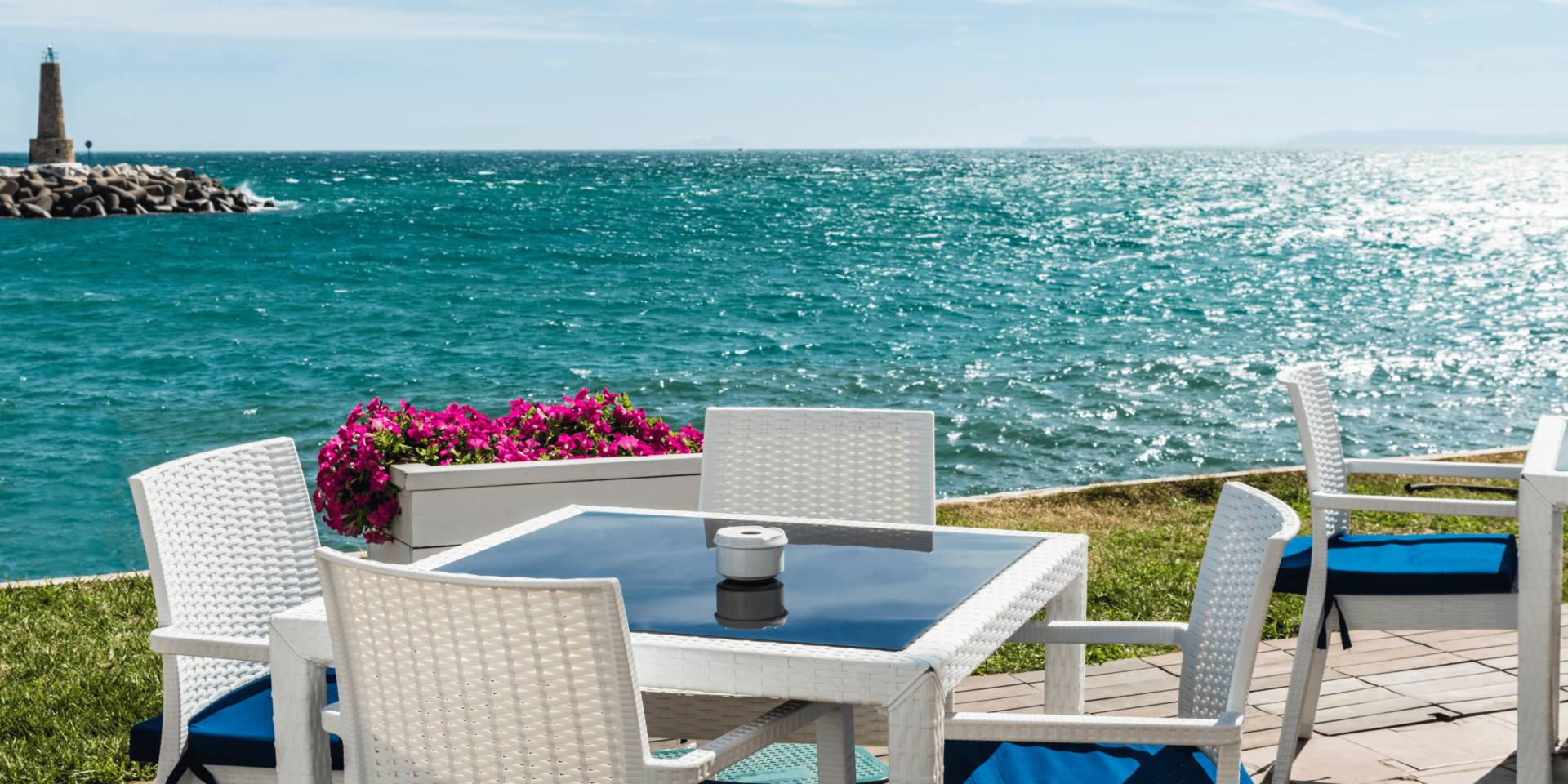A Modern Take on Mediterranean Aesthetics
The new Mediterranean style blends tradition with updated design, and local artisans are at the center of this evolution. Instead of relying on mass production or imported trends, this movement draws directly from the region’s natural materials, handmade techniques, and coastal influences.
In places like Marbella, artisans work with stone, clay, linen, and wood to create pieces that reflect both heritage and modern function. Their choices influence everything from home décor to boutique interiors, pushing the style forward while staying rooted in its environment.
Handmade Craftsmanship Defines Authenticity
Artisans bring a distinct level of detail and care to their work. Each piece they make—whether it’s a ceramic bowl, a woven rug, or a carved bench—carries the marks of human touch. These imperfections aren’t flaws; they’re part of the design language that sets artisan work apart from manufactured goods.
In a local studio, a ceramicist prepares a new set of tableware using traditional firing techniques. The color of the glaze shifts slightly in the kiln, and no two pieces match exactly. This natural variation adds character and authenticity, giving each object a sense of place.
Materials Reflect the Mediterranean Environment
The materials chosen by local artisans play a major role in shaping this style. Limestone, terracotta, linen, and olive wood are not trendy imports—they are regional staples. Artisans favor them because they last, feel natural, and speak to the texture of the land and sea.
A furniture maker selects sun-bleached wood reclaimed from an old fishing dock. The wood’s surface shows years of exposure to salt and wind. By working with what the environment provides, artisans keep the style grounded in its setting, allowing the landscape to influence the design directly.
Architecture and Interiors Follow the Artisan Lead
The new Mediterranean style doesn’t begin with paint color or floor plans. It often starts with the artisan’s hand. Builders, designers, and architects now source locally crafted materials before choosing layouts or themes. This shift brings more cohesion between design and environment.
A villa renovation begins not with walls, but with a tile pattern commissioned from a regional workshop. The design team builds the space around those pieces, using their tones and shapes to inform lighting, finishes, and furniture. This process ensures that each room feels intentional and regionally grounded.
Slow Design Changes the Consumer Mindset
Artisan-led design moves at a different pace. It doesn’t chase seasonal collections or fast décor swaps. Instead, it focuses on pieces that last—not just physically, but stylistically. This approach encourages buyers to make fewer, better choices that align with their space and values.
A customer visits a small showroom tucked between a vineyard and the coast. The shelves don’t hold dozens of options. They offer a curated selection that tells a story. The customer doesn’t shop quickly. They ask questions. They stay longer. The experience becomes part of the product.
Artisans Anchor a Community-Based Economy
As interest in handmade goods grows, artisan studios have become economic anchors in many Mediterranean towns. These spaces offer jobs, training, and collaborative opportunities. They also draw attention to the region’s design potential without relying on large-scale manufacturing.
In a town near Marbella, a group of artisans shares a multi-use space where each person focuses on a different medium—textiles, ceramics, glass, and woodworking. Their work attracts visitors, but also serves the community. Locals furnish homes with these items, and restaurants showcase them as part of the dining experience.
Local Identity Shapes Global Trends
The influence of Mediterranean artisans doesn’t stop at the regional level. Designers across Europe and beyond are watching how these makers blend old and new. This interest has shifted the broader conversation in interior design toward sustainability, origin, and narrative.
A studio in Barcelona references the work of a Marbella-based potter in a global design magazine. The colors, lines, and materials used by the artisan begin to appear in new collections abroad. Without exporting a single item, the artisan’s ideas shape what others create elsewhere.
Collaboration Pushes Innovation in Tradition
Artisans rarely work in isolation. They partner with architects, stylists, chefs, and hoteliers to experiment with new formats and functions. This collaboration turns craft into experience, and traditional materials into new applications.
A textile maker works with a hotel designer to create curtains that also filter natural light in specific patterns. A ceramicist crafts wall panels that help cool a room by controlling heat absorption. These collaborations bring new life to old materials and allow innovation without erasing history.
Storytelling Strengthens the Design Experience
Each piece created by a local artisan tells a story—about the person who made it, the process used, and the place it came from. This narrative adds weight to the object. Buyers don’t just receive an item; they carry a piece of the region with them.
A traveler buys a handcrafted bowl from a local market. They’ve spoken to the artisan, watched the glazing process, and learned about the mineral content in the clay. That experience connects them to the object in a way a factory-produced product cannot replicate.

